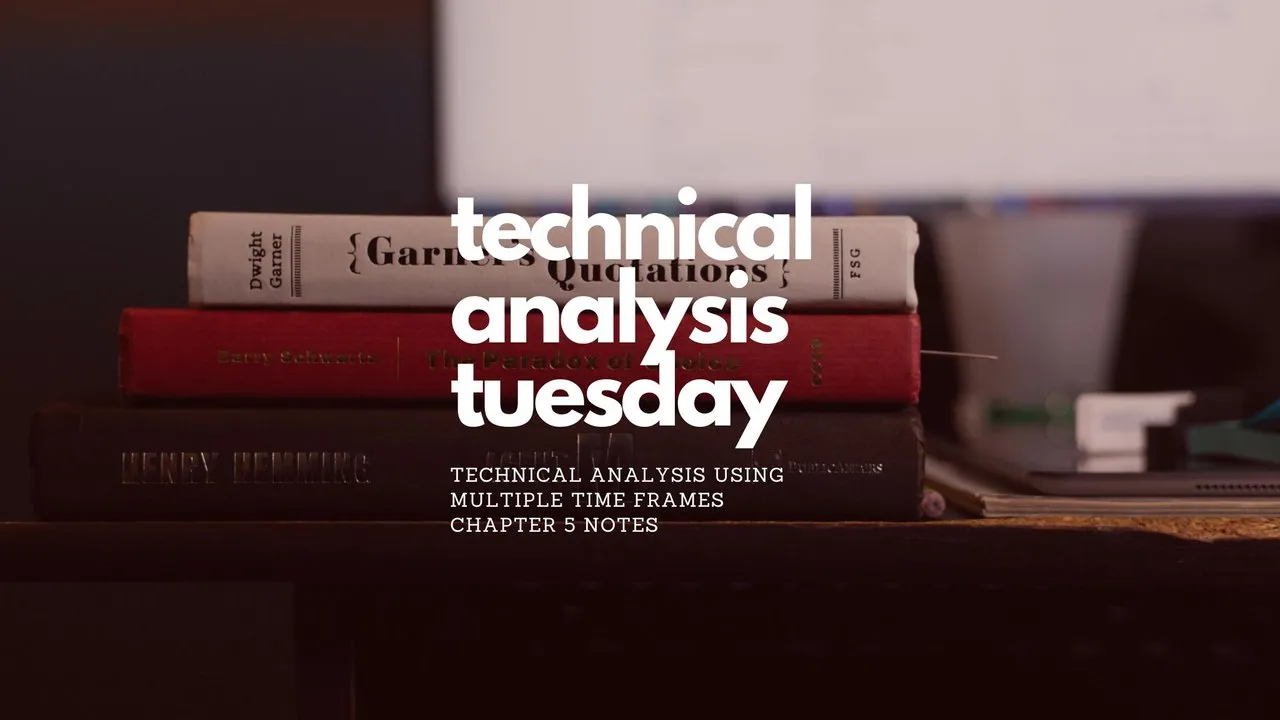
Chapter 1 | Chapter 2 | Chapter 3 Chapter 4
In the fifth chapter of notes, I define the third stage of market activity, distribution, by its characteristics. In the previous chapter, we learned that the psychology of market participants play a role. Now, we continue to look at the stages individually, following up with distribution.
How It Begins
The third stage starts as the previous stage of markup shows signs of running low on steam. The fast money crowd realizes the opportunity for short-term upside profits is gone, they sell out and move on.
Just like with accumulation, moving average crossovers represent conflicting trends.
The long-term trend is the sum of the shorter-term trends, and when the moving averages begin to cross, it signals indecision.
Consider this a sign of distribution.
Distribution is preceded by an uptrend, it is the gradual shift in control from buyers to sellers. The first signs are where the short term MA (moving average) crosses down through a longer term moving average.

Bullish to Neutral: The Journey
In our last segment of notes, we remembered:
An important note Brian Shannon makes follows. Remember that the market is a discounting mechanism; news often follows a trend.
I used this neat lil' truth to ground myself from my otherwise, easily-excited trades. The fact remains important in this stage because,
Distribution does not assure the stock will reverse to a decline phase, but the indecisive action offers no exploitable edge to traders.
As some point out, the general trend is moving up. For this reason, as of February 28th, the writing of investment narratives takes precedence among the process. Access to the right data, plus the foundation of these note are part of my process to trade the upcoming cycle better than the past.
Specifically, execute at least one winning trade within an asset. Not to lace the self-made study guide with ambition, but if I have an intuition for participating too late or early, than let me be early to the next trend in an asset.
In short, distribution is that opportunity to 'arrive early'. How 'often' I arrive to positive momentum depends on my awareness and experience I grow with these activities. Moving on...
If the following was true in our last chapter:
A trend once established, is more likely to continue than it is to reverse.
Then the key part of the trader's task, is simply observing the establishment of a trend.

When in doubt, stay out!
What appears to be distribution does not always lead to a breakdown in price. As long as the longer term MA is rising, the benefit of the doubt should keep going to buyers.
Still, if there's no edge, there's no need to be involved. Stay in cash. Otherwise, you get to join the masses in their simple acceptance of inexperience.
The process of selling into a news release after the stock has experienced an advance is known as "smart money selling to dumb money."
As an asset is "distributed", trading volume grows heavily. This big volume without further upside is a classic sign of distribution.
Some more events that characterize distribution include:
- Holders, who were large net sellers, get nervous about impacting the prices with sales
- Buyers get less aggressive, and instead lower their bids to better prices
- Some buyers before becomes sellers now, decreasing demand and increasing supply in tandem
- Leftover long positions get more aggressive with sales, meeting bids instead of waiting for their offers to sell
Things To Note
- The longer it takes any formation to develop, the greater the subsequent move
- In the case of a top, it's said,
The bigger the top, the bigger the drop.
Similar sentiments were confirmed about Bitcoin and its price movement from its recent all-time high to the following its market-defying low this past market cycle.
Late Stage Distribution
Important notes worth reiteration in this stage:
The further a stock travels from a valid level of support the riskier purchases are regardless of how mature the trend.
Lock in profits before they are taken from you. Negligence may lead to your demise.
When pullbacks fail to bounce back quickly, it can signal a change in the tone of the auction process, particularly if the sell-off came with increased volume.
Yet, the final periods of distribution are marked by; lower highs, flattening to declining longer term MA's (moving averages), more frequent tests of support and heavier volume, often times.
Post Summary
- The distribution stage begins when new buyers can't compete to own a limited number of stocks remaining after the accumulation period.
- The observation of a flattening longer-term MA suggests distribution. Yet, crossovers of MA's don't immediately suggest a downtrend.
- When in doubt, stay out!